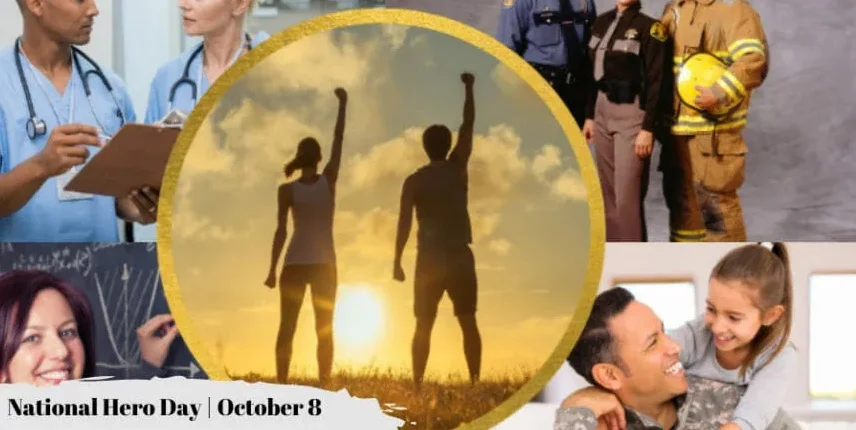
National Wear Red Day
February 6, 2026

National Wear Red Day, on the first Friday in February, is an annual campaign to raise awareness about heart disease in women.
#WearRedDay
The national campaign urges women to learn their risk for heart disease and to take steps to lower their risk. What increases a woman’s chances of heart disease?
- Smoking
- Sedentary lifestyle
- Family history
- Diabetes
- Stress
- Inflammatory diseases like rheumatoid arthritis and Crohn’s
- Complications during pregnancy
- Menopause
We can prevent or reverse many of these risks by taking action. Speaking with our physician also helps to further lower our risk of heart attack and stroke by making and following a plan.
- Quit smoking. Ask for help if you need it. Your physician has many tools at her side to make quitting a success.
- Change your lifestyle. Become more active and improve your eating habits. This will help with many risk factors including stress, family history, and other health conditions.
- Get routine physical exams.
Heart disease and stroke kill one in three women. These diseases are 80 percent preventable according to Go Red for Women’s official website.
Go to www.goredforwomen.org for more information.
HOW TO OBSERVE WEAR RED DAY
This national campaign has revved up its red!
- Wear red to show your support for saving women’s lives
- Show us how you Go Red on your social media profiles using #GoRedWearRed
- Donate to help raise funds for awareness and research. Get your red gear at shopheart.org and a portion of every purchase goes back to the programming and mission of the American Heart Association.
- Know your numbers. Find out more about your risk factors at the American Heart Association website.
- #GoRedGetFit – earn prizes and get healthy while fighting heart disease with the American Heart Association. Find out more at GoRedForWomen.org or join the challenge on Facebook GoRedGetFit.
NATIONAL WEAR RED DAY HISTORY
The Go Red for Women campaign started in 2004 when the American Heart Association took on the challenge of raising awareness about the number 1 cause of death in women.



